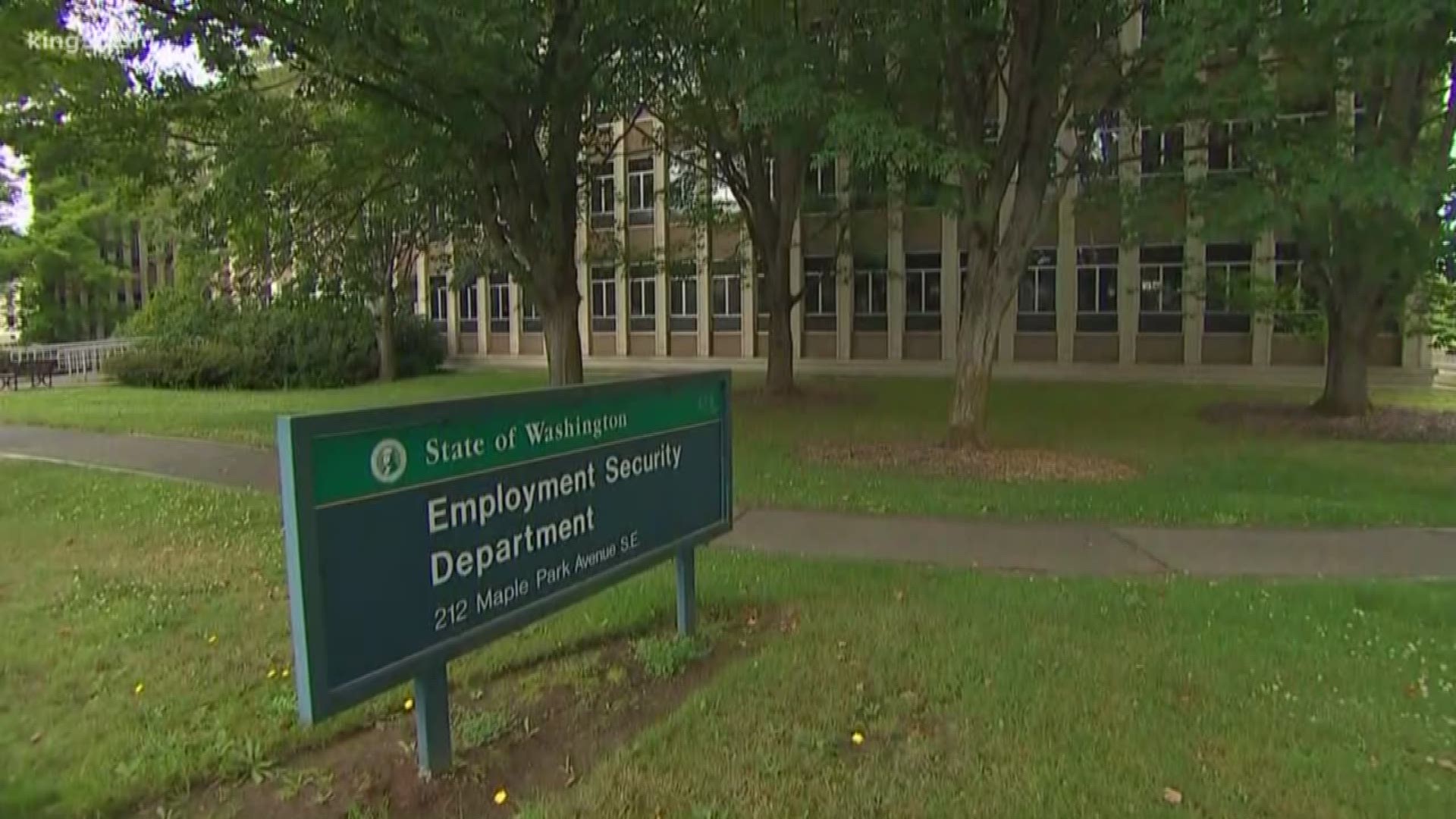The debate over raising the minimum wage is being widely discussed around the state right now. The federal minimum wage is $7.25 per hour and Washington State’s minimum wage is $9.32 – the highest of any state in the nation. A political movement is underway to increase the minimum wage at the federal and state level to as high as $15.00 per hour. The purpose of this paper is to provide basic facts about minimum wage policy and to provide background for this ongoing national and state-level public debate.
The minimum wage was established by Congress in the Fair Labor Standards Act passed in 1938. From the beginning, policymakers never intended the minimum wage be the sole source of household income or provide “livable” support for a family. Rather, the intent was to ensure a reasonable wage for workers who could not command higher pay in the labor market because they had little or no work skills, such as young people just entering the work force.
Accordingly, current data shows that very few workers earn the minimum wage. Of those who do earn the minimum, most are young, are usually enrolled in school and work part time. Very few minimum wage earners are the sole providers for a family. Most older minimum wage earners are secondary earners working part-time to supplement the income of a spouse. It is the combined earnings of two or more earners that typically provides total household income.
Snapshot of Minimum Wage Earners in Washington State
|
Who earns the minimum wage?
Less than 3 percent of all workers in the U.S. earn the federal minimum wage
- This does not include tip income earned by these minimum wage earners; many of these workers, mostly in the service industry, earn more than the minimum wage when tip income is included.
85 percent of workers who earn minimum wage live with their parents or another relative, live alone or have a working spouse.
- 25 percent are single or married with no kids
- 42 percent live with a relative
- 18 percent are a second income earner who is married, with or without children
15 percent are sole earners in families with children.
- 4 percent are single-parents working full time.
Only 3 percent of all workers age 25 and over earn the minimum wage.
Only 2 percent of full-time workers earn the minimum wage.
66 percent of all adult workers earning the minimum wage have a high school education or less.
62 percent of minimum wage earners under 25 are currently enrolled in school.
Do Most Minimum Wage Earners Live in Poverty?
No. The average family income of a minimum wage earner is $53,000 per year.
In 94 percent of families with an adult who works a job that pays at or below the minimum wage, the spouse works as well, making a two-income household.
In 8 out of 10 of the families with children present, the minimum wage accounts for less than 20 percent of the household’s total income.
Two-thirds of adults living below the poverty line do not work.
- Only 9 percent of adults living below the poverty line work full time.
- 25 percent of adults living below the poverty line work part time.
Are Most Minimum Wage Earners Stuck in a “Dead End” Job?
No. Two-thirds of minimum wage earners receive a raise within a year.
Over half of Americans entered the workforce earning within one dollar of the minimum wage.
A minimum wage worker who works 35 or more hours per week is 13 percent more likely to be promoted within a year than a minimum wage worker at 10 hours per week.
What Happens to Employment When the Minimum Wage is Raised?
Employment for low-skilled workers tends to decline when the minimum wage is raised. A summary of the last two decades of research from economists at the University of California-Irvine and the Federal Reserve Board found that 85% of the most credible studies on the minimum wage point to job loss for less-skilled employees.
A study from Ball State University found there were 550,000 fewer part-time jobs as a result of the 40 percent increase in the federal minimum wage between July 2007-July 2009.
A study of New Jersey’s minimum wage increase found that the higher wage resulted in reduced employment. An earlier study by David Card and Alan Krueger claiming that the increase created jobs was found to be based on a significantly flawed dataset.
Economists from Miami and Trinity University found the 2007-2009 increase in the federal minimum wage reduced teen employment by 6.9 percent.
Labor policy researchers at Cornell University found a 10 percent increase in the minimum wage caused four times more employment loss for employees without a high school diploma and African American young adults than it does for more educated and non-black employees.
Does A Higher Minimum Wage Reduce Poverty?
The connection is weak or non-existent. 28 states raised their minimum wage between 2003 and 2007. A study by economists from Cornell and American University showed no associated reduction in poverty, and that further increases in the minimum wage would similarly do little to reduce poverty.
A study by the Employment Policies Institute shows increasing the federal minimum wage from $7.25 to $9.80 would poorly target the low-income families they are intended to help.
A study by economists from San Diego State University and University of Georgia found no evidence that a higher minimum wage helped reduce financial, housing, health or food insecurity.
Does a Higher Minimum Wage Stimulate the Economy?
There is little or no relation between an increased minimum wage and economic growth. Three economists at the Federal Reserve Bank of Chicago found an increase in the minimum wage spurs a temporary increase in spending on vehicle purchases, but no increase in the ongoing purchase of non-durable goods, such as groceries, fuel and clothing.
Research from an economist at San Diego State University found no relationship between an increase in the minimum wage and changes in Gross Domestic Product.
Download a PDF of Key Facts about the Minimum Wage including all sources here.





